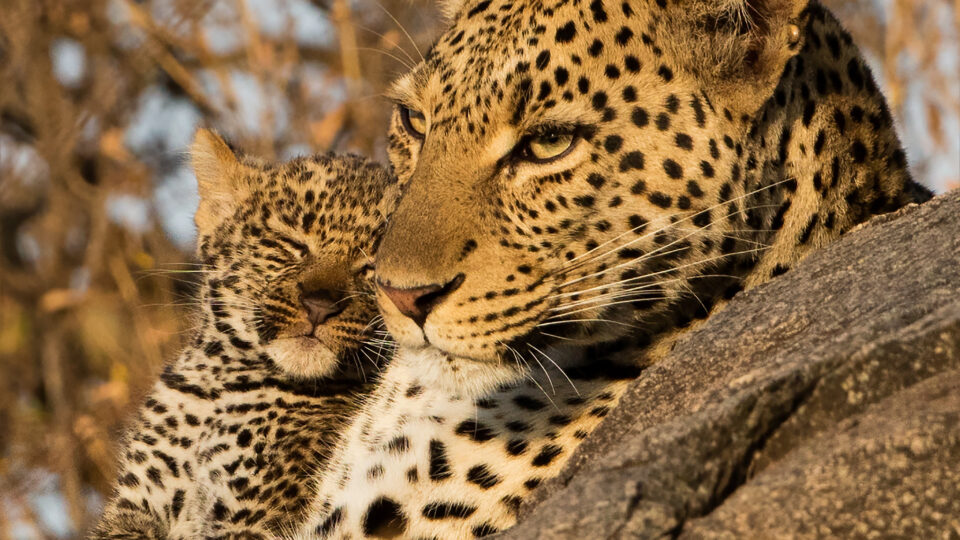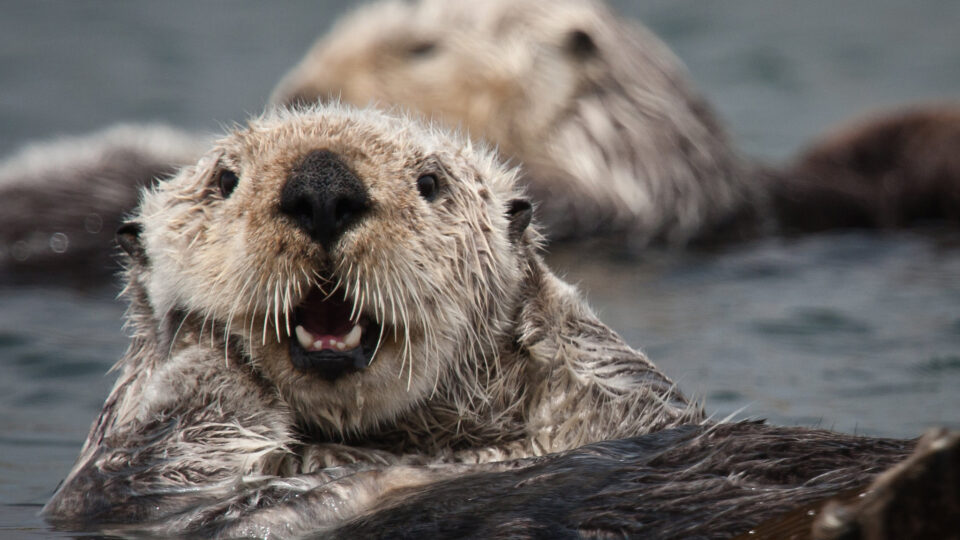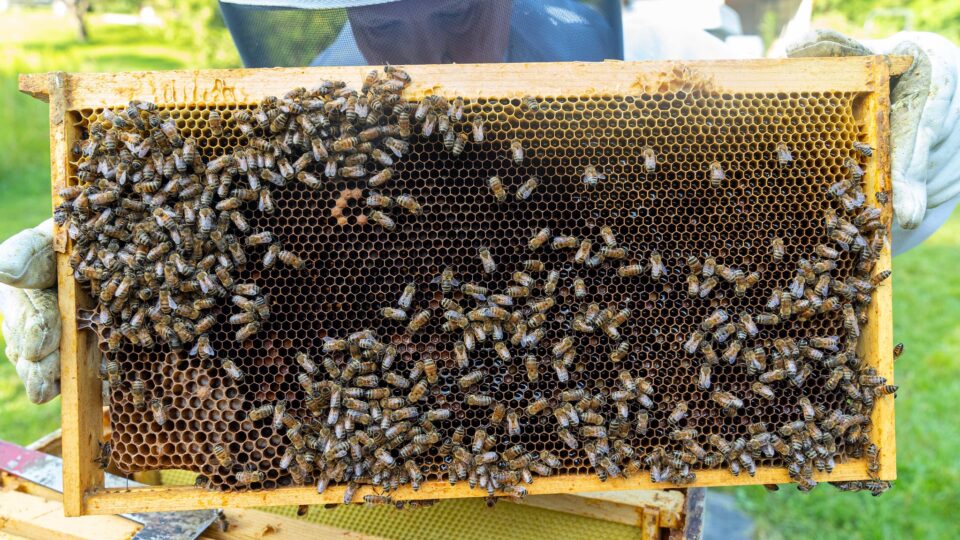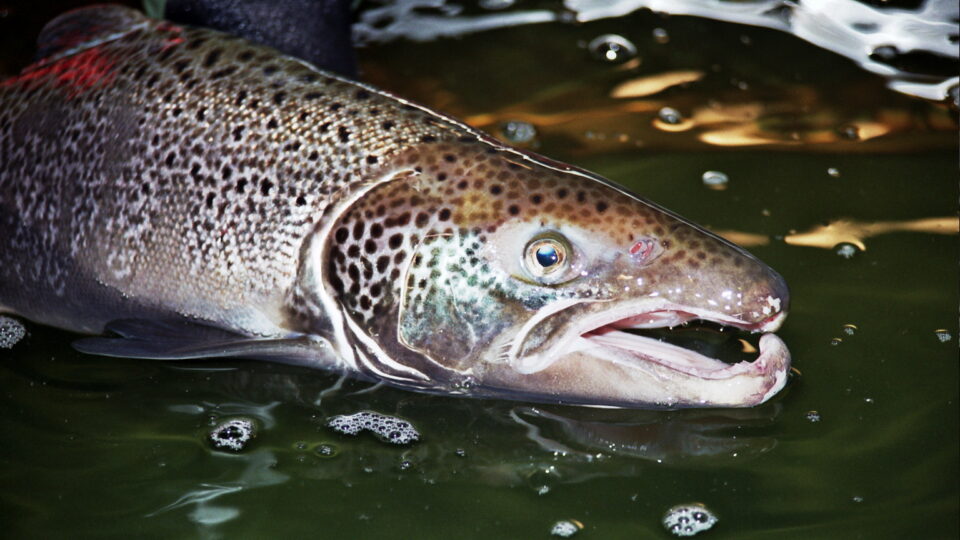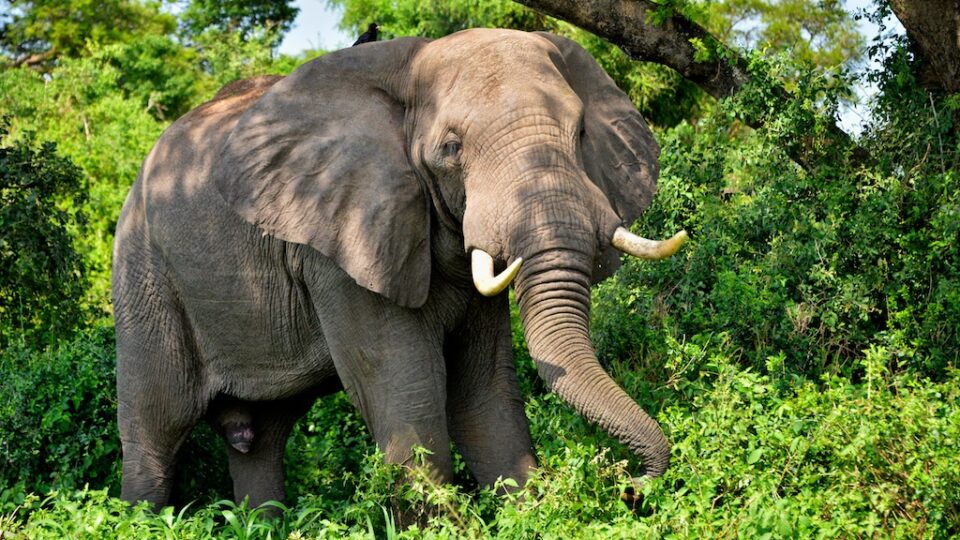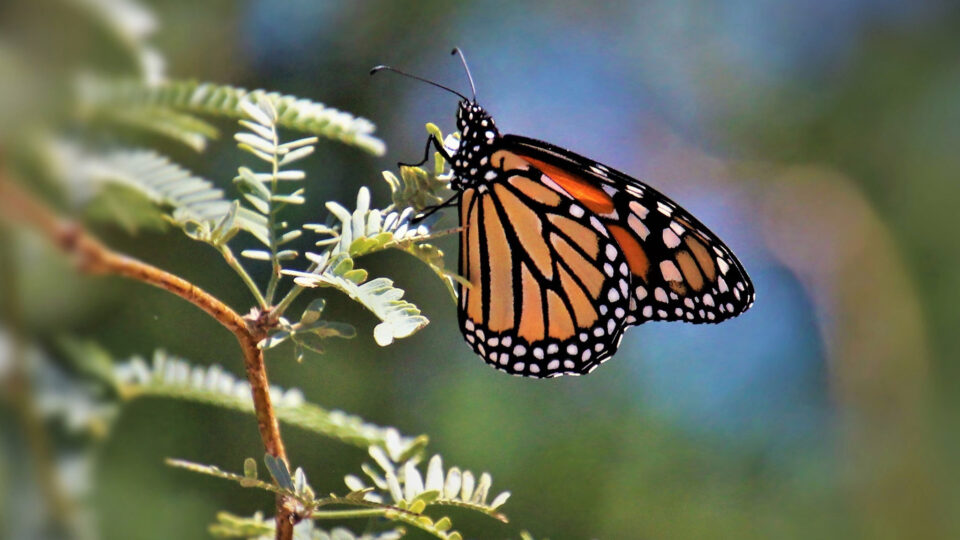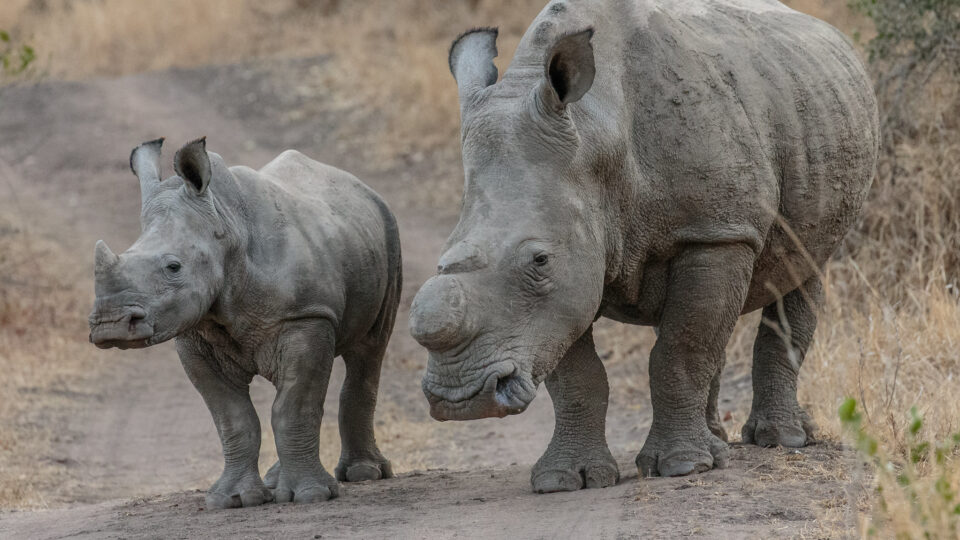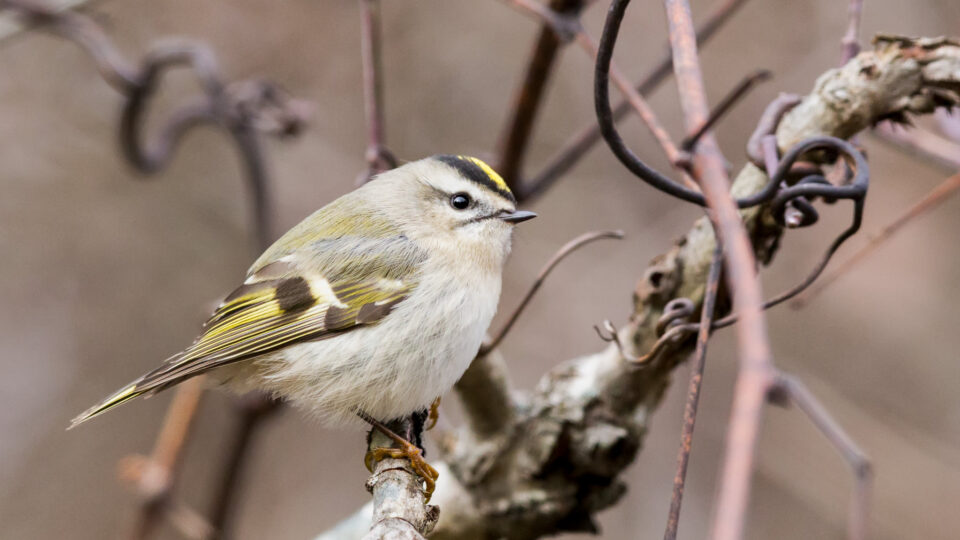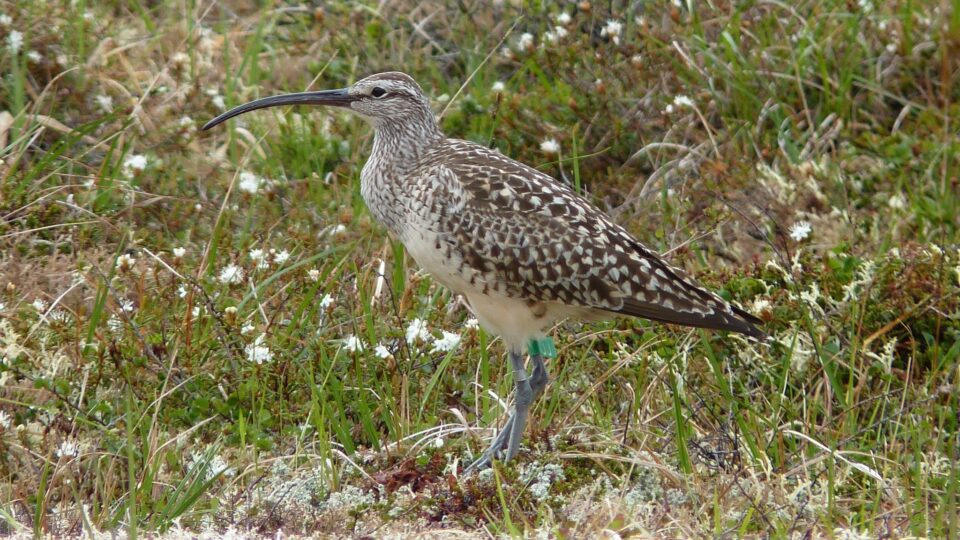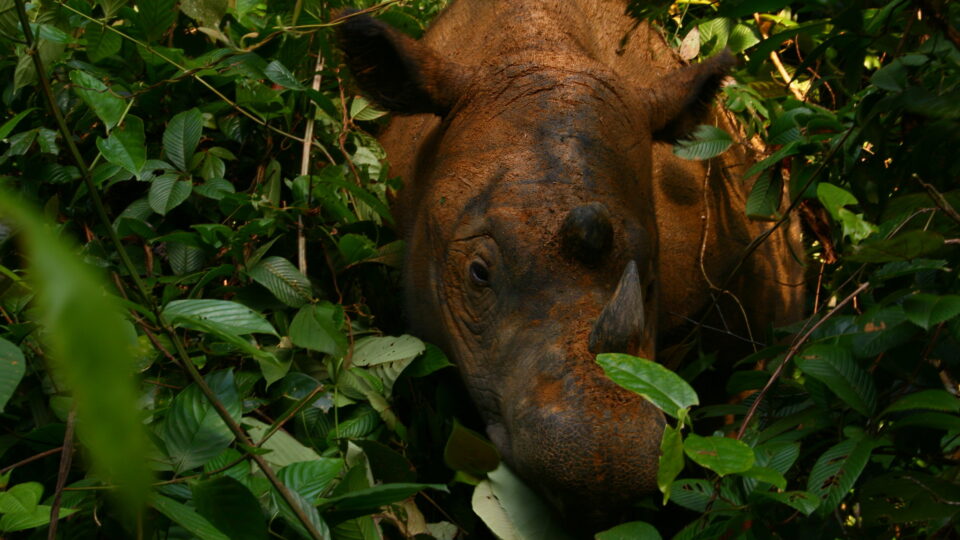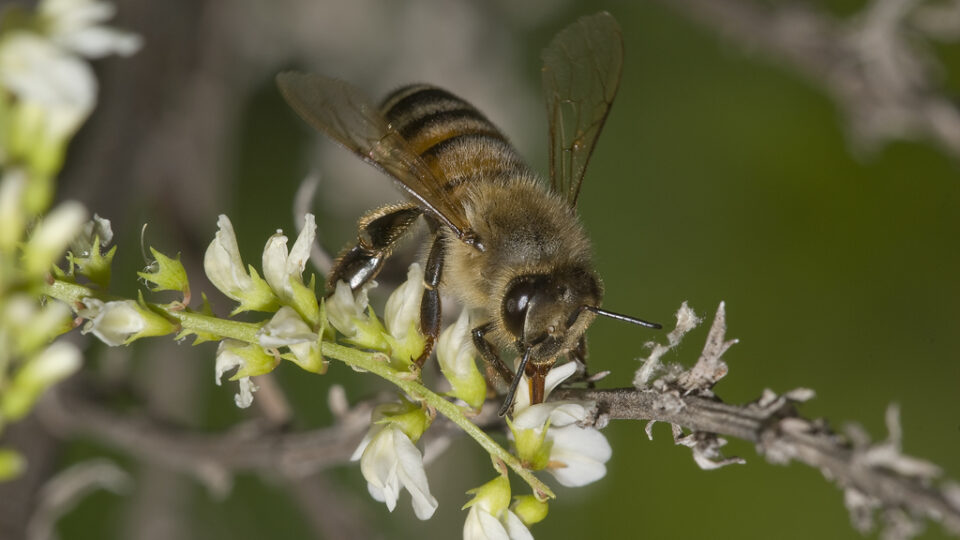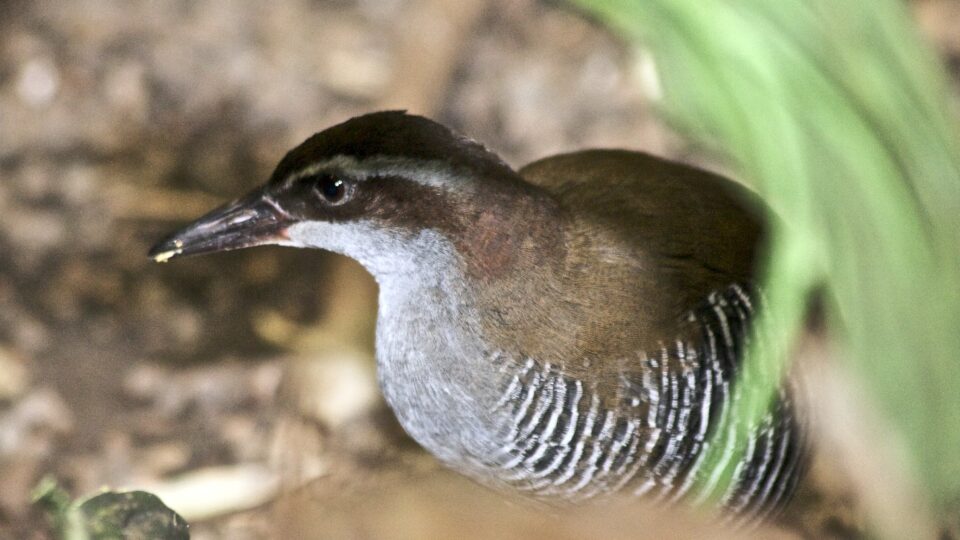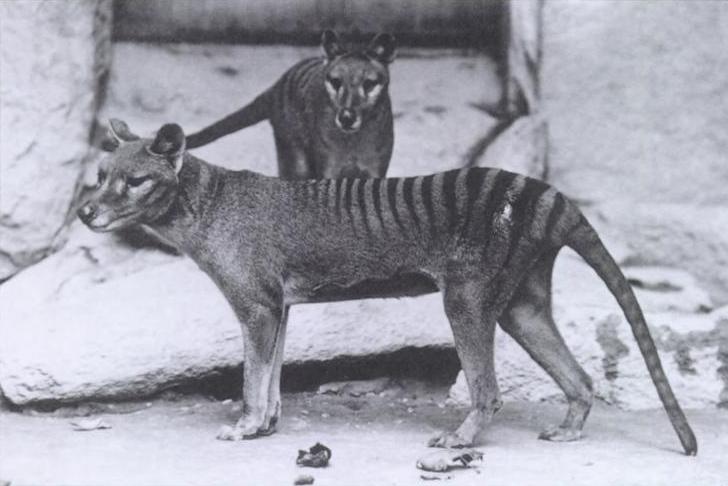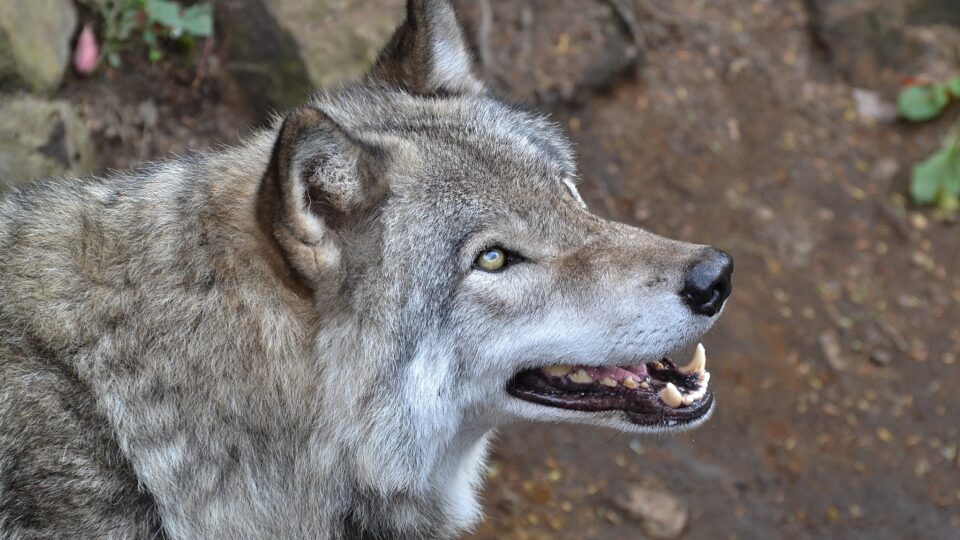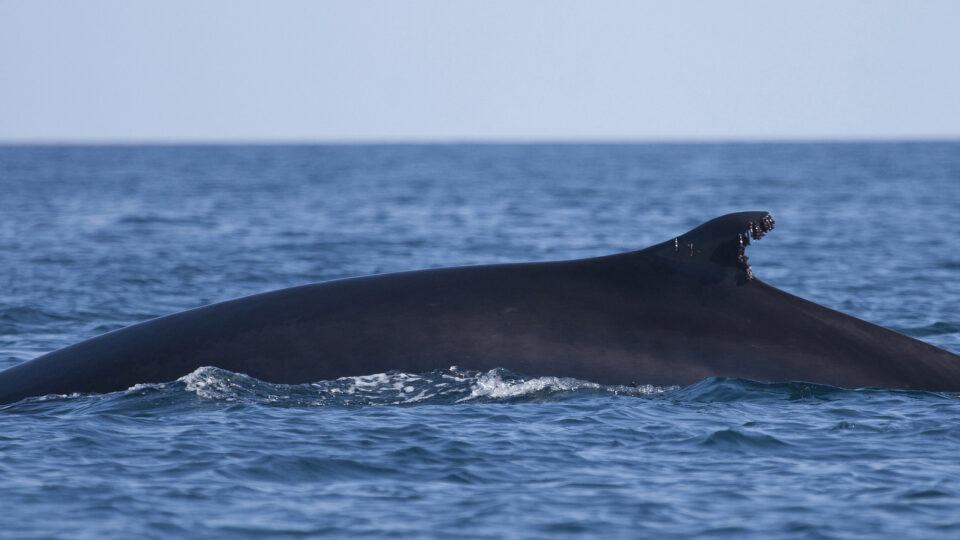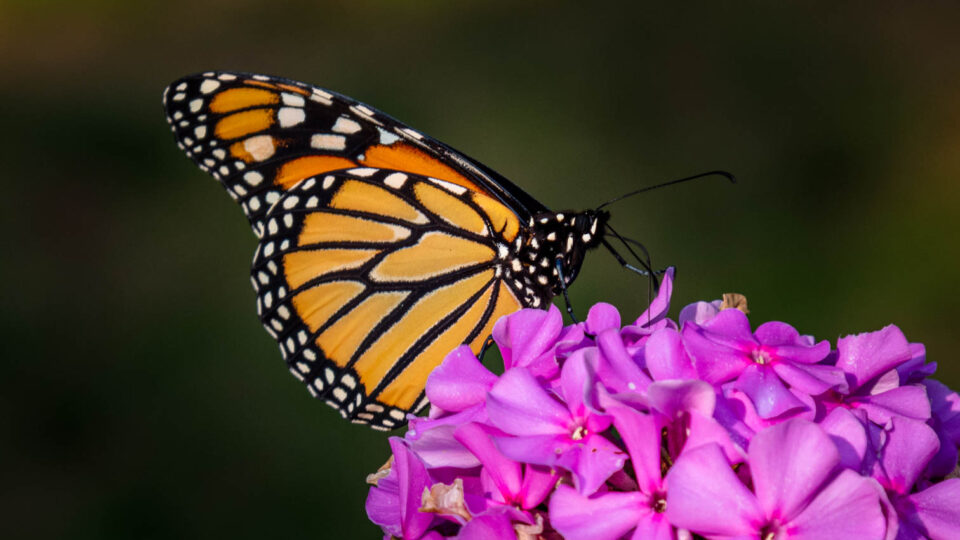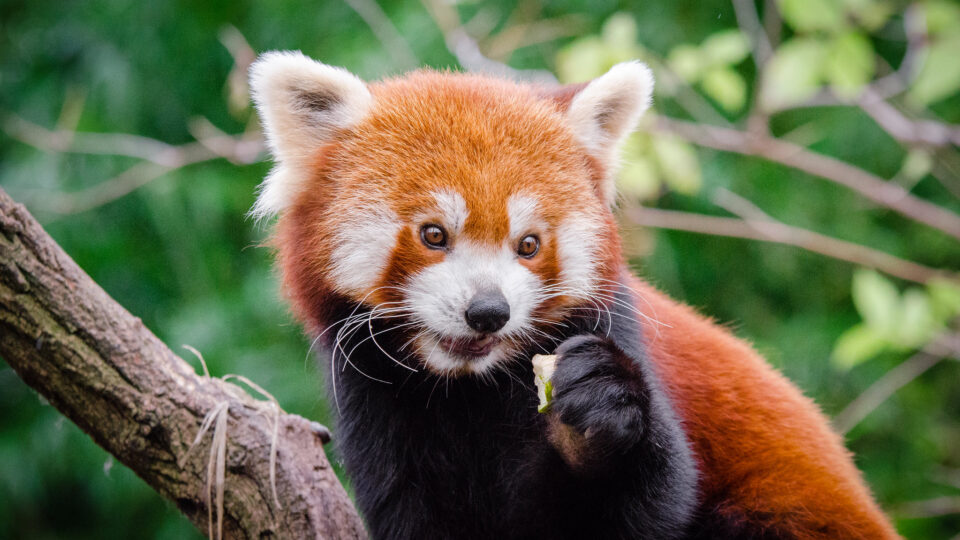There has been widespread concern that biodiversity is under siege and that we are in the beginnings of a sixth mass extinction in the long history of the Earth, this time caused by the actions of humanity. There has been considerable debate about what can be done about it and solutions generally involve protecting large areas of the planet from human disruptions. Some countries have set a target of protecting 30% of land and sea.
A new study by a broad coalition of conservation organizations and published in Frontiers in Science, concludes that humans can preserve much of the great diversity of life on Earth by setting aside just 1.2% of the planet for protection.
The experts mapped the wilderness available to rare and threatened plants and animals. They then identified specific hotspots for rare wildlife that have yet to be protected. They found a total of 16,825 such sites which nevertheless all together add up an area smaller than the state of Wisconsin.
Some scientists have been warning that by focusing too much on the size of protected lands, we are not necessarily safeguarding areas that are especially rich in wildlife. The new study pushes for prioritizing hotspots for rare species, which the authors claim would be sufficient to stave off a sixth mass extinction. The truth is that most species on Earth are rare, meaning that they are few in number or cover a small range, or both.
The study estimated that the cost of protecting the identified hotspot sites would be $263 billion, which is certainly a large amount of money. But the authors point out that this sum to save global biodiversity is less than the yearly revenue of Shell Oil.
**********
Web Links
To Avert a Mass Extinction, Protect 1 Percent of Earth
Photo, posted April 20, 2018, courtesy of Per Harald Olsen / AfricanBioServices via Flickr.
Earth Wise is a production of WAMC Northeast Public Radio
